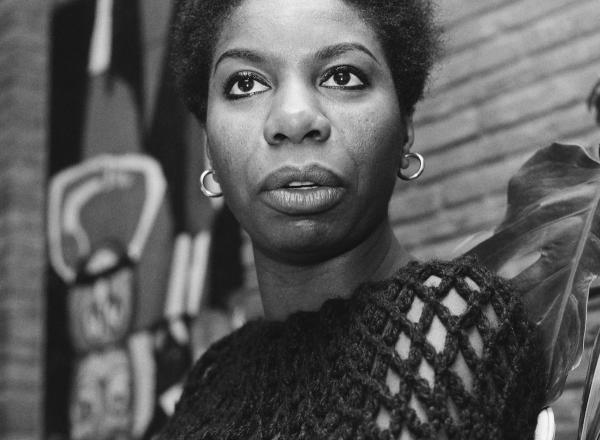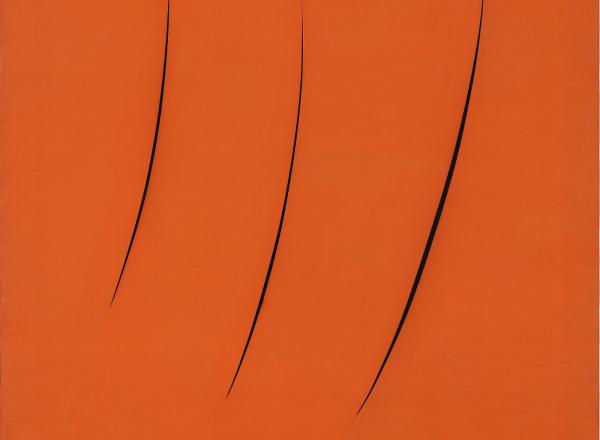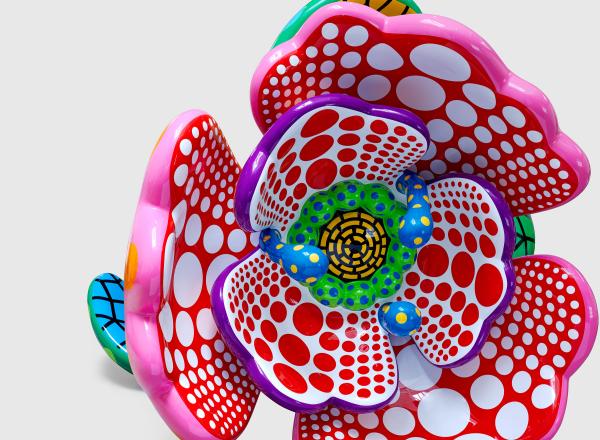The term zoomorphism, when applied to art, can mean any object that uses animals as a visual motif.
Art News
Gold is perhaps the most iconic metal—an immortal symbol of wealth. Even in the ancient world, this precious resource was an object of great attention, highly desired yet hard to find.
This past Satuday, Pace Gallery held a Benefit Gala to support the Nina Simone Childhood Home Benefit Auction co-hosted by tennis champion Venus Williams and artist Adam Pendelton.
Bonheur put a year and a half into location-based preparatory sketching for "The Horse Fair" and pulled from a number of unique masterworks to find inspiration for the final product. Unsurprisingly, it immediately drew praise upon its showing at the Salon of 1853.
One of the joys of spending time in a record store is not knowing what to choose. For those who go in “just to have a browse,” the risk is to spend hours flipping through countless records.
By ripping through his canvases, Lucio Fontana changed what a painting could be, and the course of art history. His groundbreaking slashed paintings, called Cuts (Tagli) embodied Spatialism, Fontana’s art movement that was meant to create a new kind of art synthesizing color, sound, space, and movement. Before his Spatialist manifestos and slashed paintings, Fontana was a sculptor, and the Met Breuer is exploring the Argentine-Italian artist’s early work in a new retrospective, Lucio Fontana: On the Threshold.
The Seven Wonders of the Ancient World are legendary sculptural and architectural splendors as well as historic testaments to human ingenuity and accomplishment. First century BCE Greek historian Diodorus Siculus wrote the first known list of wonders, starting the trend of creating lists of must-see places for Hellenistic tourists.
Fabric artist Bisa Butler, whose vibrant quilted appliqué portraits have been featured on the covers of Time, Essence, and
As the blooms of spring emerge, so does a fresh wave of artistic brilliance in the heart of New York City. This season, the cultural landscape is filled with groundbreaking exhibitions that not only captivate the senses but also honor the remarkable contributions of female artists.
The popular imagination often dismisses Byzantium’s aesthetic as a static, even regressive contrast to classical technique. Sumptuous and flattened, Byzantine methods abhorred naturalism, and designed art as they did their empire (330 to 1453 CE): as an earthly mirror of Christian heaven. However, this stylization endowed art from the Eastern Roman empire—particularly mosaics—with a politicizing contemporaneousness.

































